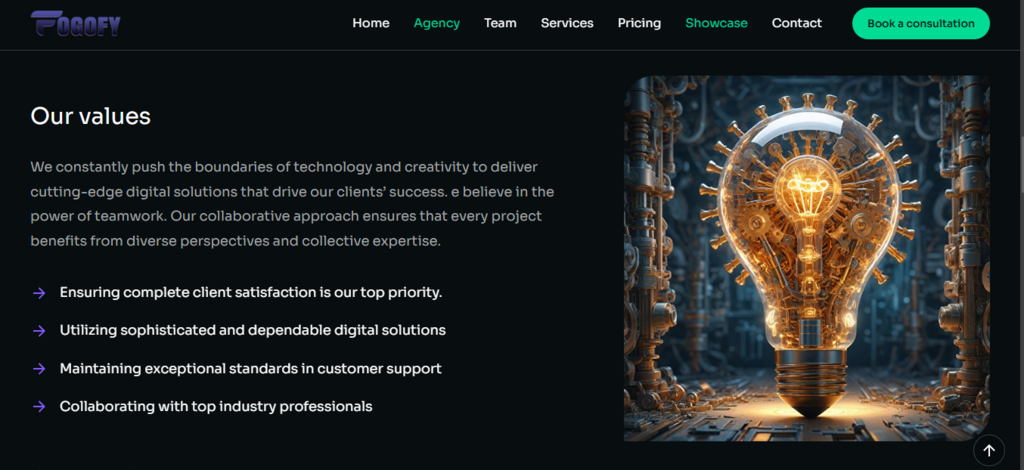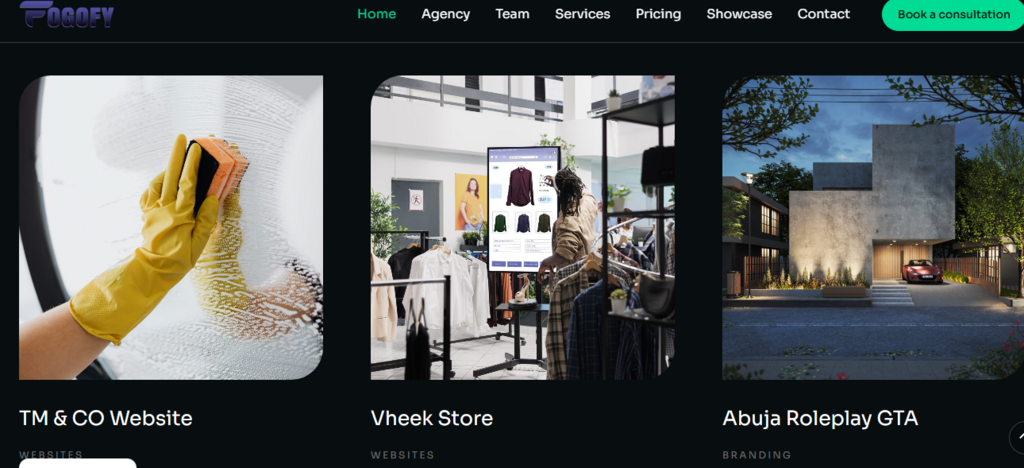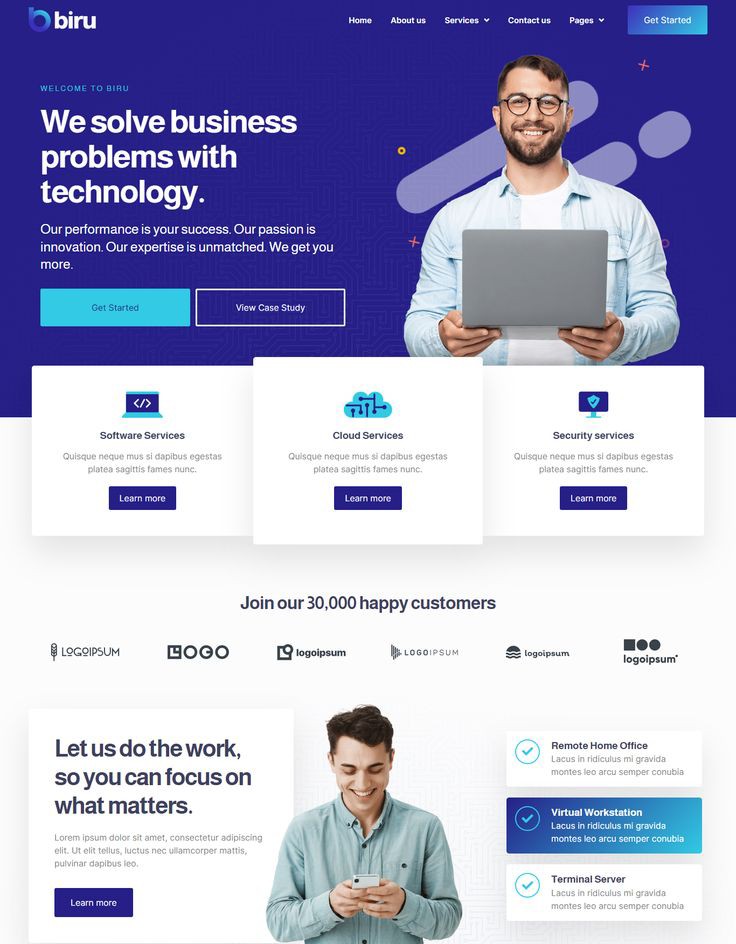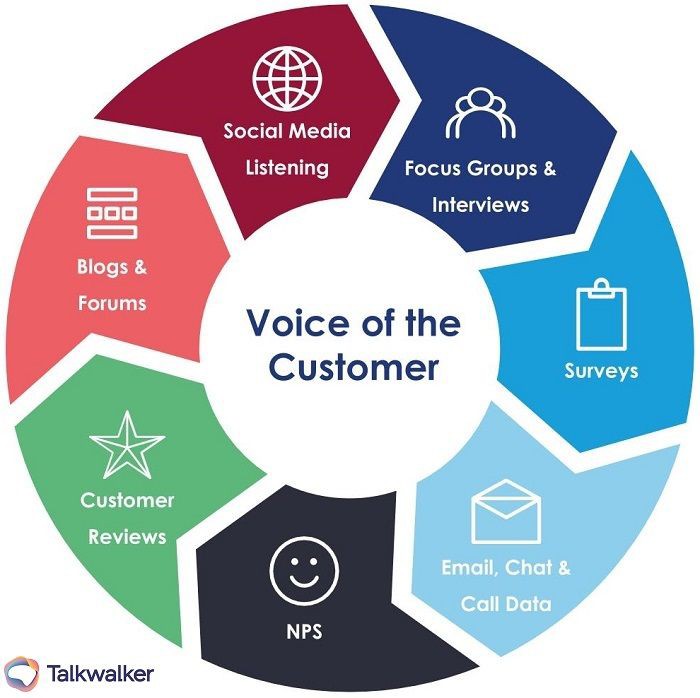
“Your brand is the single most important investment you can make in your business.”
— Steve Forbes, Editor-in-Chief at Forbes
In today’s digital world, your brand represents more than just a logo or a catchy tagline—it encapsulates the complete experience of how your business engages with customers. There’s no better platform to showcase that brand than your website.
Whether you’re a service provider, a retailer, or a creative professional, your website serves as the ultimate portfolio, allowing you to showcase your products, services, customer testimonials, and past work in a professional, engaging, and easily accessible manner. It stands as your business’s most valuable online asset, creating a lasting first impression while providing a platform to demonstrate your expertise and quality.
Why a Website is the Best Portfolio for Your Business
1. Professional Display of Products and Services
A website transcends basic descriptions, offering an immersive experience for potential customers. With high-quality images, detailed product descriptions, and engaging videos, you can highlight the unique features of your offerings in a visually appealing format. Whether you’re a consultant, a design agency, or an e-commerce store, a website allows you to present your products and services tailored to your brand’s style, acting as a virtual storefront where customers can browse, learn, and engage with your offerings without stepping foot in a physical location.
2. Showcase Testimonials and Reviews
Trust is essential when approaching new clients, and nothing builds that trust better than satisfied customer feedback. Your website provides the perfect platform to share testimonials, reviews, and case studies that feature your success stories. When visitors read real feedback from those who have benefitted from your products or services, they’re more inclined to trust you and consider a purchase or inquiry. Including video testimonials can add a personal touch and forge a stronger emotional connection with your audience.
3. Highlight Your Past Work
For businesses that depend on previous projects to attract new clients—such as contractors, photographers, graphic designers, or marketing agencies—your website is the ideal showcase for that work. A well-designed portfolio section allows you to display your best projects, whether through completed work, before-and-after comparisons, or creative case studies that underscore your expertise. By utilizing customizable galleries, slideshows, and detailed project breakdowns, you can present your previous work in a manner that is both engaging and informative. Additionally, regularly updating your portfolio keeps your website fresh and relevant.
4. Engage Visitors with Interactive Features
A website allows for the incorporation of interactive elements that traditional portfolios or printed brochures cannot offer. From live chat options to embedded videos, interactive galleries, and clickable product showcases, these features captivate visitors and encourage them to explore your offerings more thoroughly. The more time a visitor spends interacting with your content, the more likely they are to convert into a paying customer. For example, product demonstrations through videos or virtual tours can create a dynamic experience that allows potential customers to see exactly what they’ll receive before making a purchase.

5. Constant Accessibility
Unlike physical portfolios or one-off presentations, a website is accessible 24/7 from anywhere in the world. Potential customers can browse your offerings at their own pace, whenever they choose. This constant accessibility means you never miss an opportunity to impress a potential client, even outside of normal business hours. A digital portfolio allows for a broader reach, connecting you with local clients and international prospects alike, free from the geographical limitations of traditional marketing methods.

6. Consistency in Branding
Every aspect of your website—from color schemes and typography to layout and tone—reinforces your brand identity. Your website becomes a cohesive representation of what your business stands for, giving visitors a clear sense of your style, values, and professionalism. With a thoughtfully designed website, you control your brand’s narrative, ensuring every visitor experiences your business precisely as you intend. This consistency helps strengthen brand recognition and fosters loyalty.
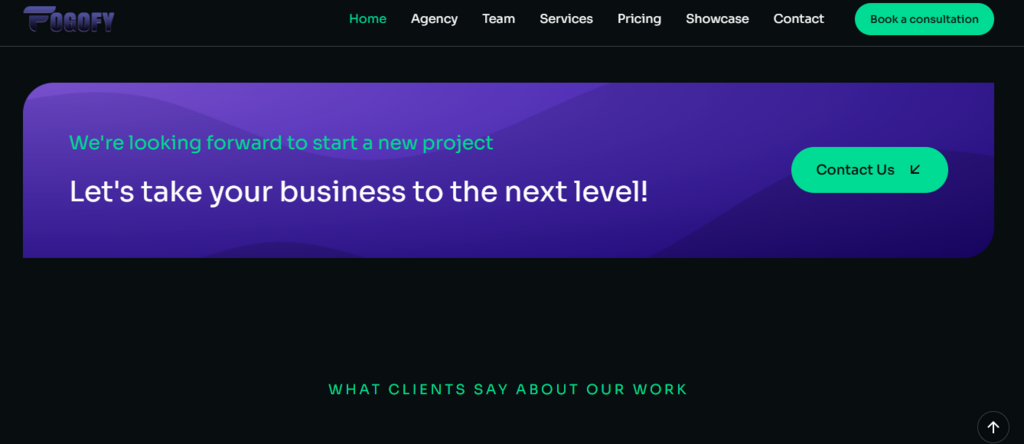
How to Make Your Website a Standout Portfolio
- Focus on High-Quality Visuals Invest in professional photography and clean design to make your products and services stand out. High-quality visuals make a strong impression and set your business apart from competitors who might rely on basic images or uninspiring layouts.
- Keep It Organized Create clear, easy-to-navigate sections for your offerings, testimonials, and portfolio pieces. Visitors should be able to find what they’re looking for quickly, without having to dig through cluttered pages.
- Update Regularly Ensure that your website reflects your most recent work and accomplishments. Regularly updating your portfolio keeps your content fresh and demonstrates to visitors that your business is active and continually improving.
- Tell Your Story Use your website to tell the story of your business. Include an “About” section that showcases who you are, what you stand for, and why customers should choose you. Personalizing your website with a strong brand story can make a lasting connection with visitors.
Conclusion
Your website isn’t just a place for basic contact information—it’s the ultimate showcase for your business. By highlighting your products, services, past work, and customer testimonials in a professional, engaging format, you create a digital portfolio that builds trust and converts visitors into loyal customers.

As Steve Forbes wisely said, “Your brand is the single most important investment you can make in your business.” And there’s no better place to invest in showcasing that brand than your own website.

